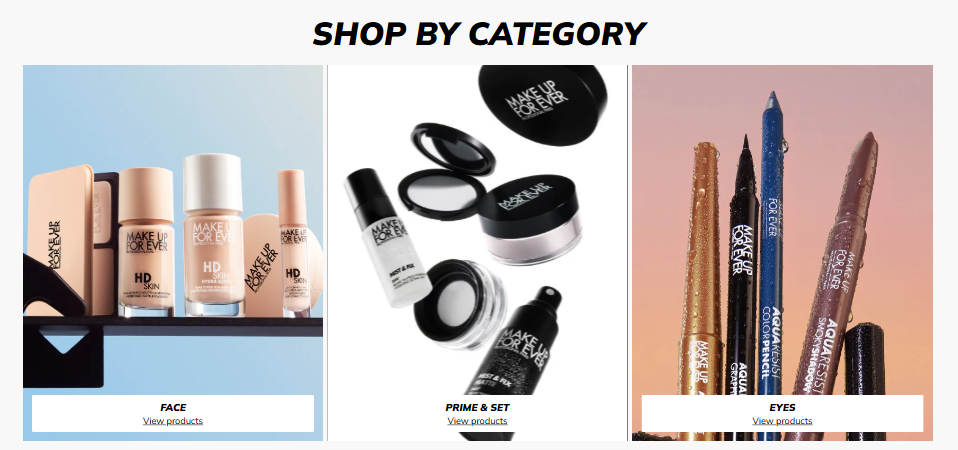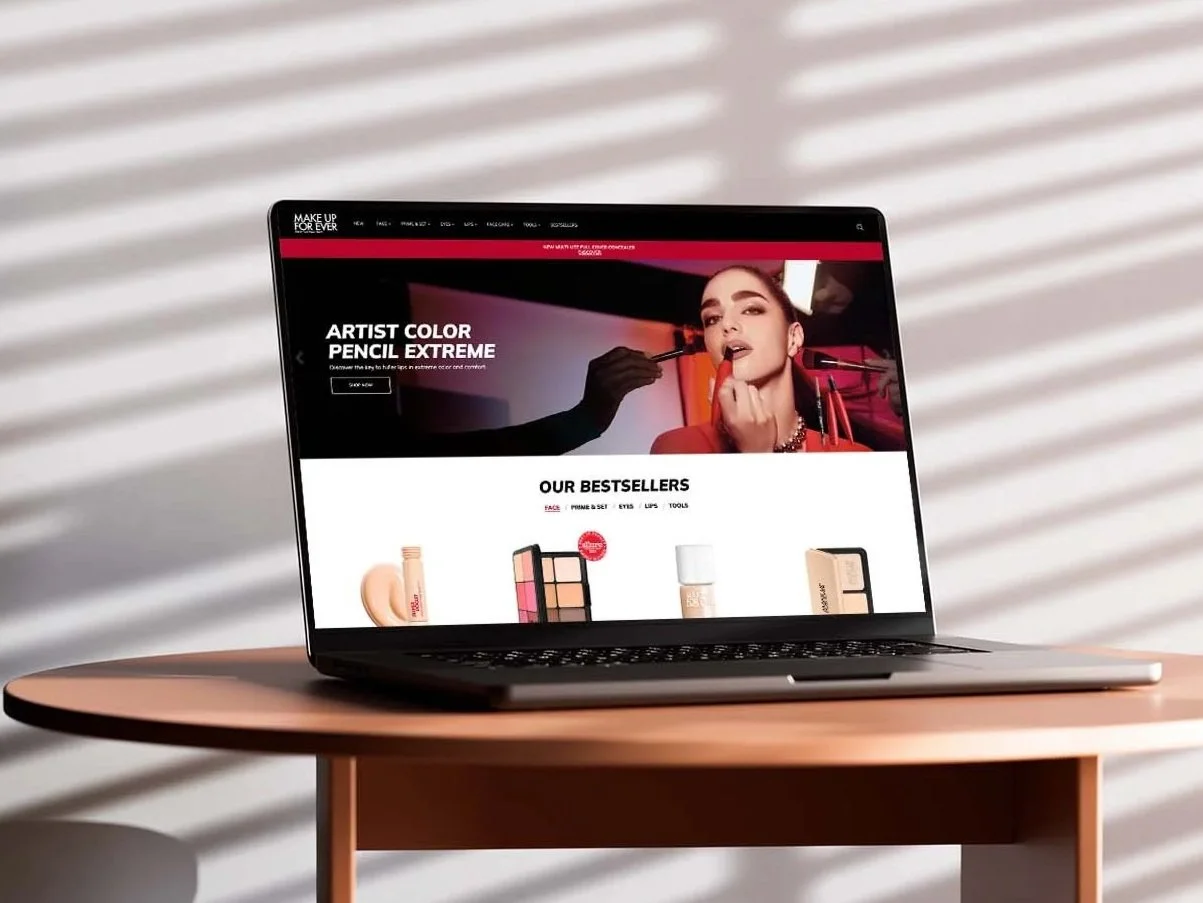Make Up For Ever
Unifying a global beauty brand for APAC through a high-converting brand.com experience
Make Up For Ever, a global beauty powerhouse under LVMH, needed to bring its artistry and edge to life across APAC’s digital landscape. The goal: translate a high-fashion brand into an adaptable, performant web experience that could shine across languages, markets, and screens.
-
APAC-specific digital assets that felt premium, consistent, and aligned with the global MUFE brand experience.
-
Adapted global brand guidelines to design product pages, banners, and digital assets that worked for APAC e-commerce needs, ensuring clarity and visual hierarchy.
-
A cohesive brand.com ecosystem for APAC that delivered a consistent premium brand experience and supported conversions across regional markets.
The Story
The brief was as bold as the brand itself — create a regional brand.com that didn’t just echo Paris, but spoke fluently to audiences from Singapore to Seoul.
I designed a modular UI system that gave each market flexibility while maintaining the brand’s uncompromising visual identity. Every page, from campaign launches to e-commerce flows, had to balance global polish with local precision.
The site was designed on a 12-column grid, ensuring flexibility across campaign modules
and responsive layouts. On mobile, this condensed to a 4-column structure for clarity
and visual balance.
While Make Up For Ever’s global print campaigns use Futura Black for their bold, fashion-editorial aesthetic, APAC’s digital platform required a web-safe, legible alternative. I implemented Mulish, a geometric sans serif chosen for its visual harmony, accessibility, and easier licensing across regional markets. This ensured the site retained the brand’s confident tone while improving readability and performance on screen.
The Result:
A polished e-commerce platform that communicates Make Up For Ever’s artistry and precision — at any scale.
The APAC brand.com unified Make Up For Ever’s voice under a single digital system, improving load efficiency and user experience across five markets. Campaign pages saw longer dwell times, and marketing teams gained a toolkit that made regional rollouts faster, smoother, and more cohesive.






